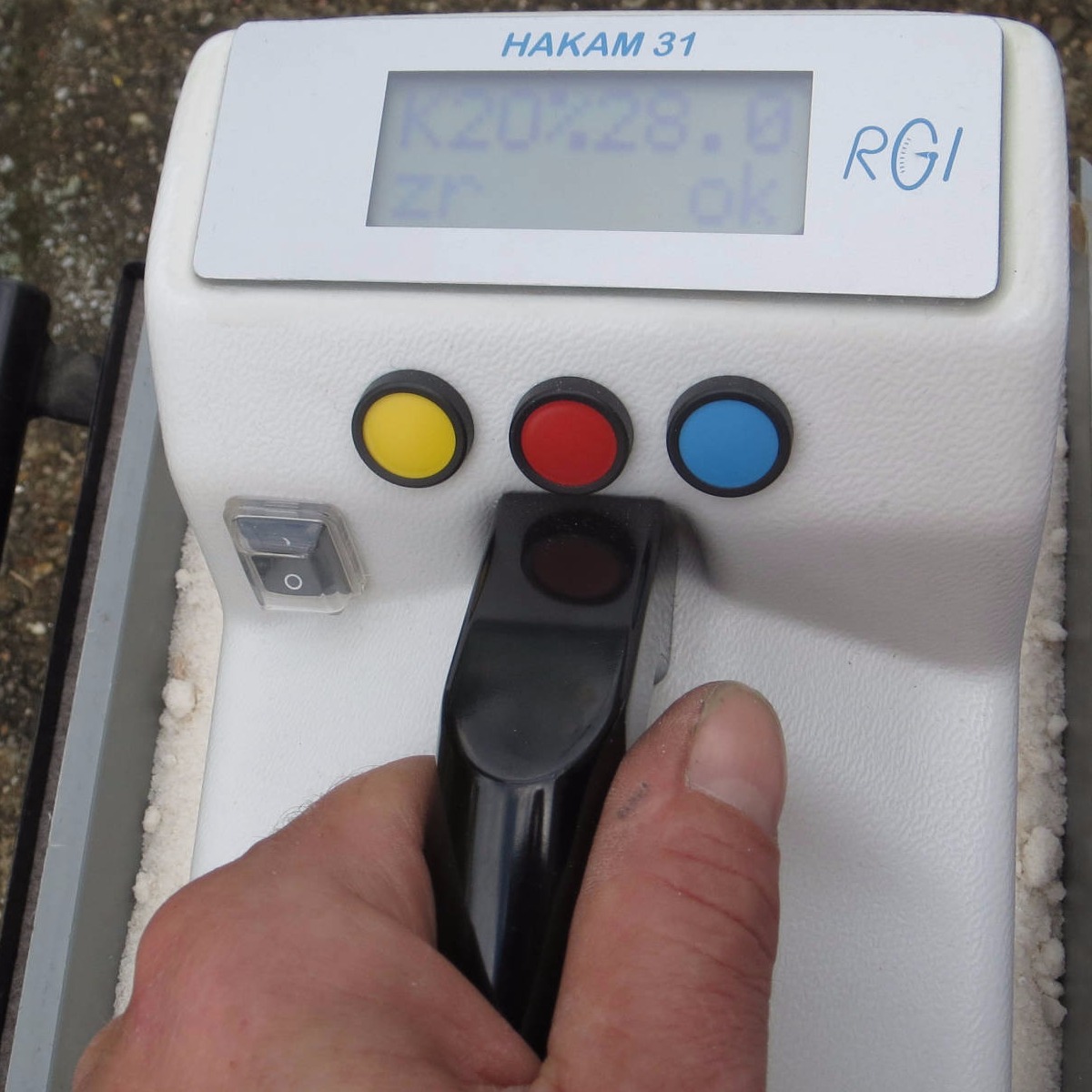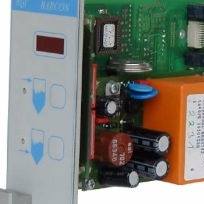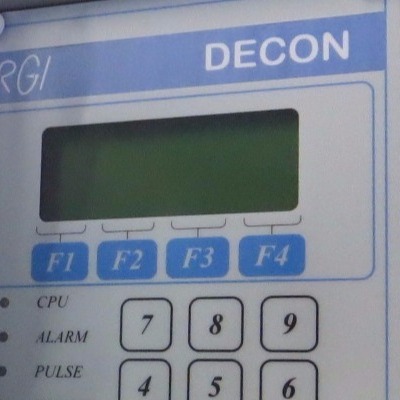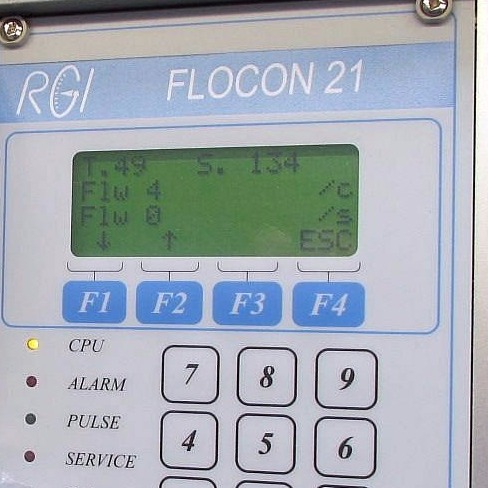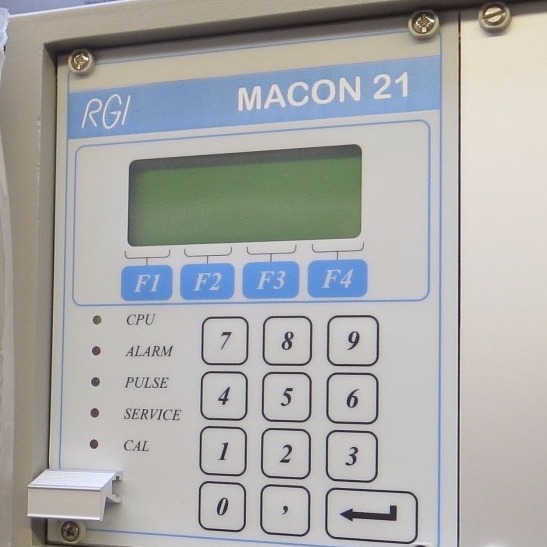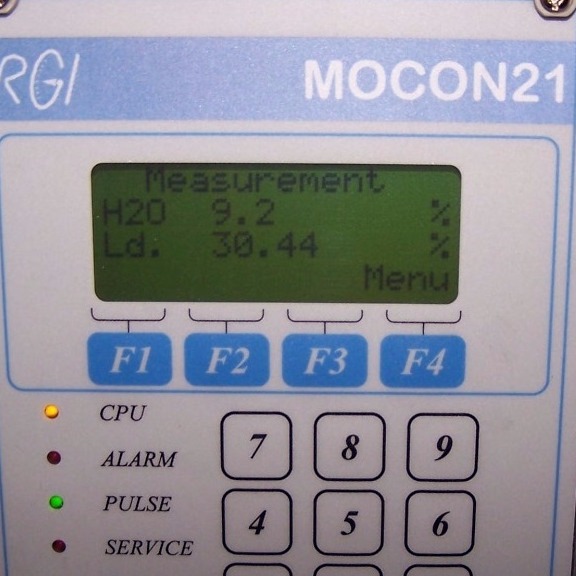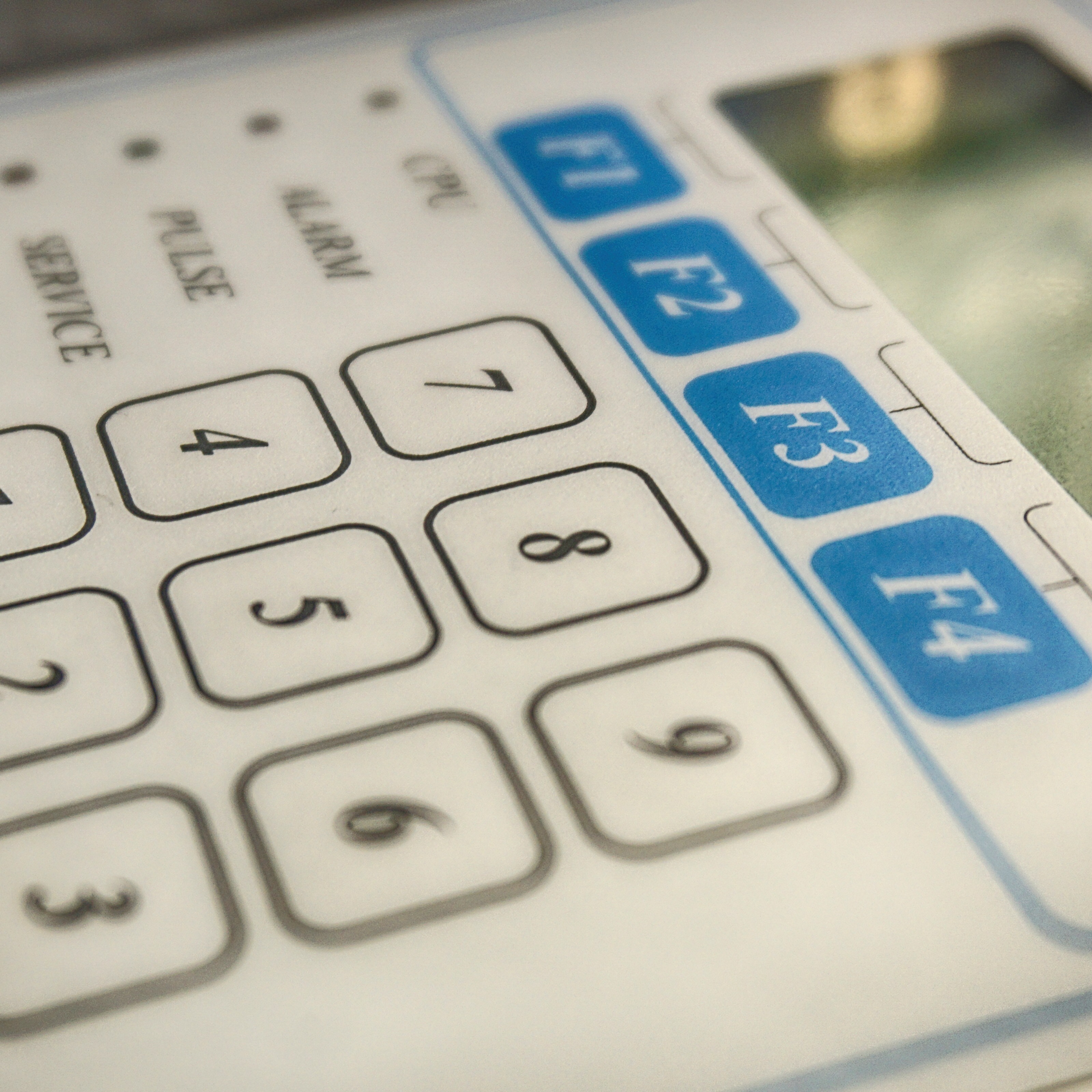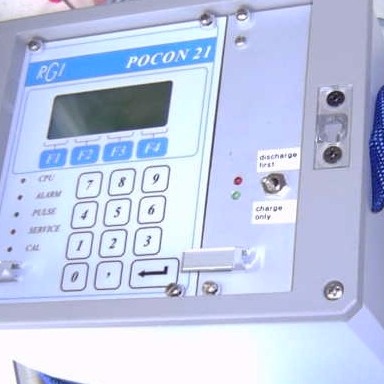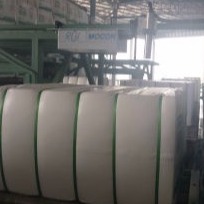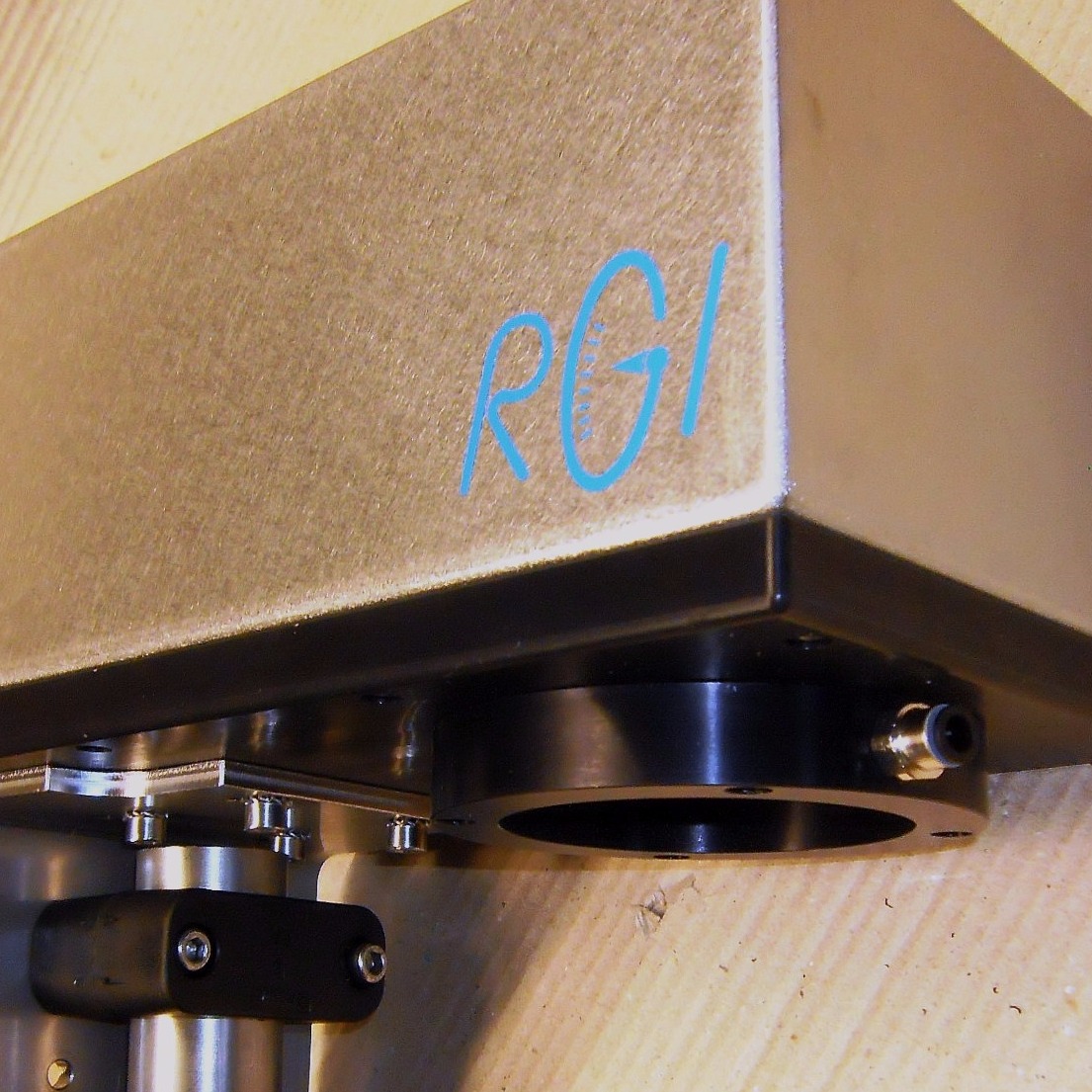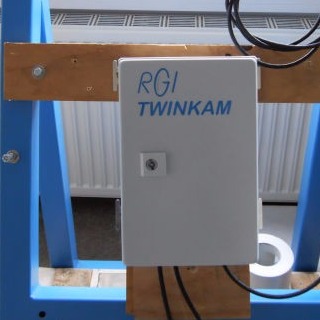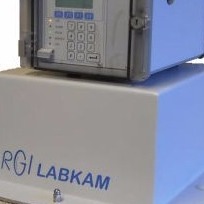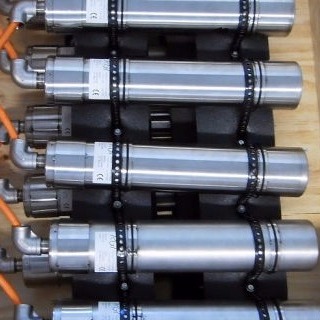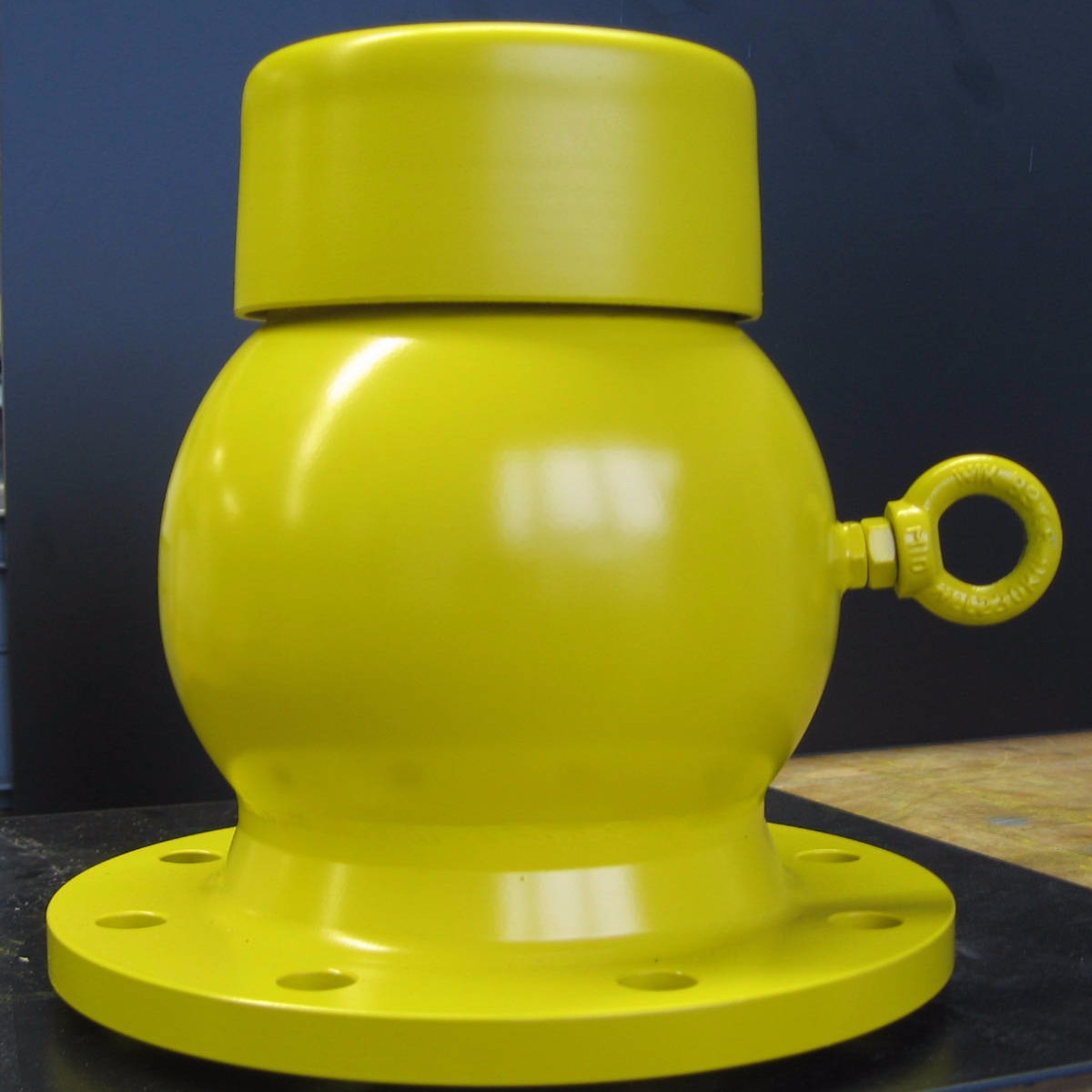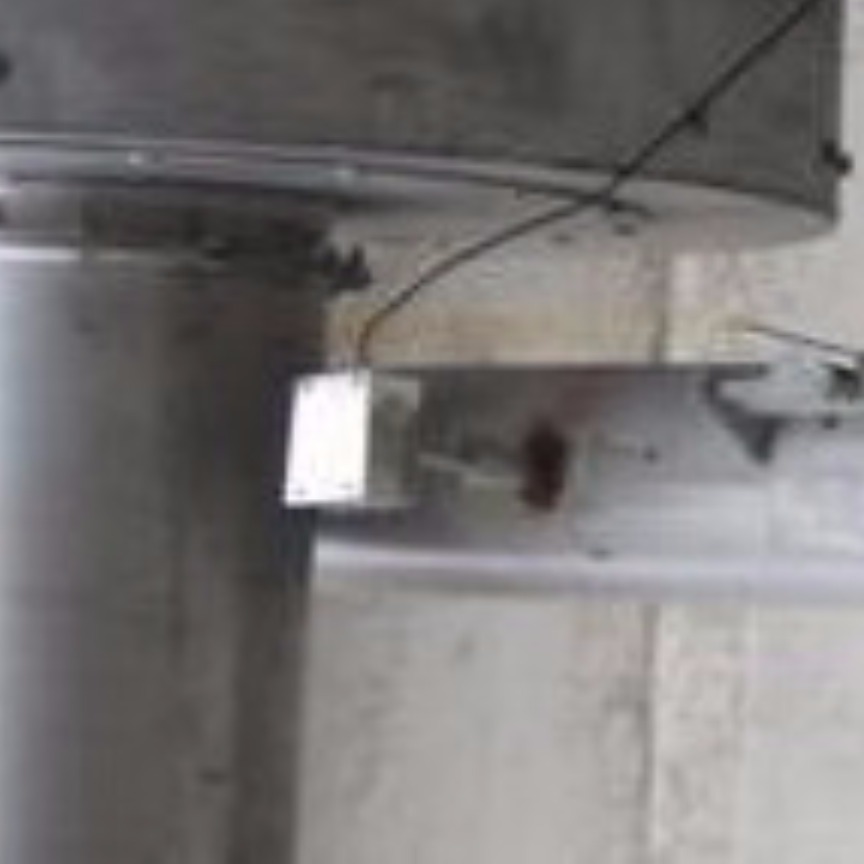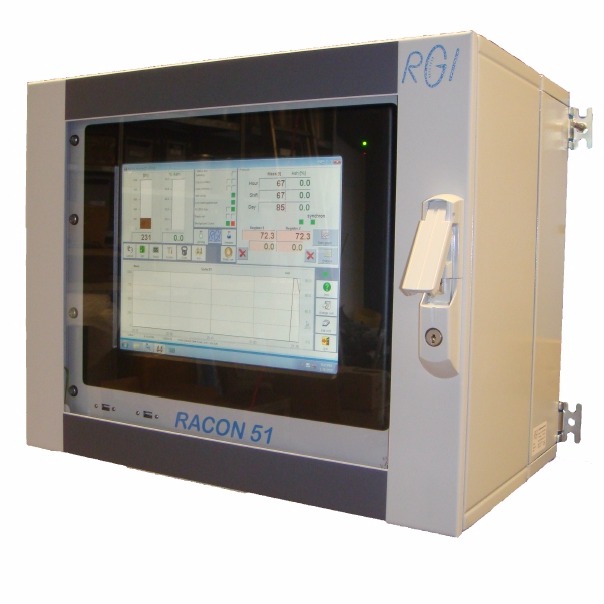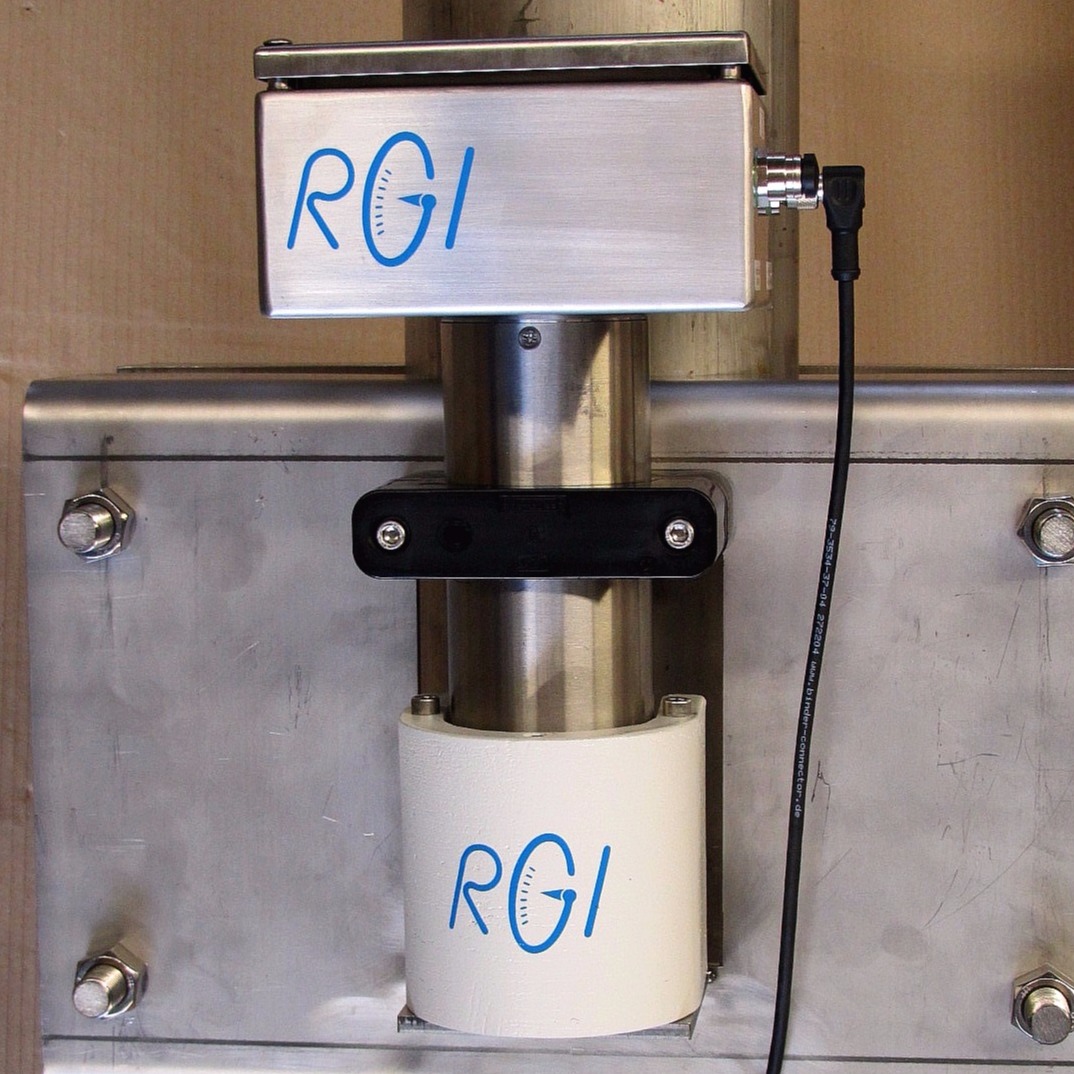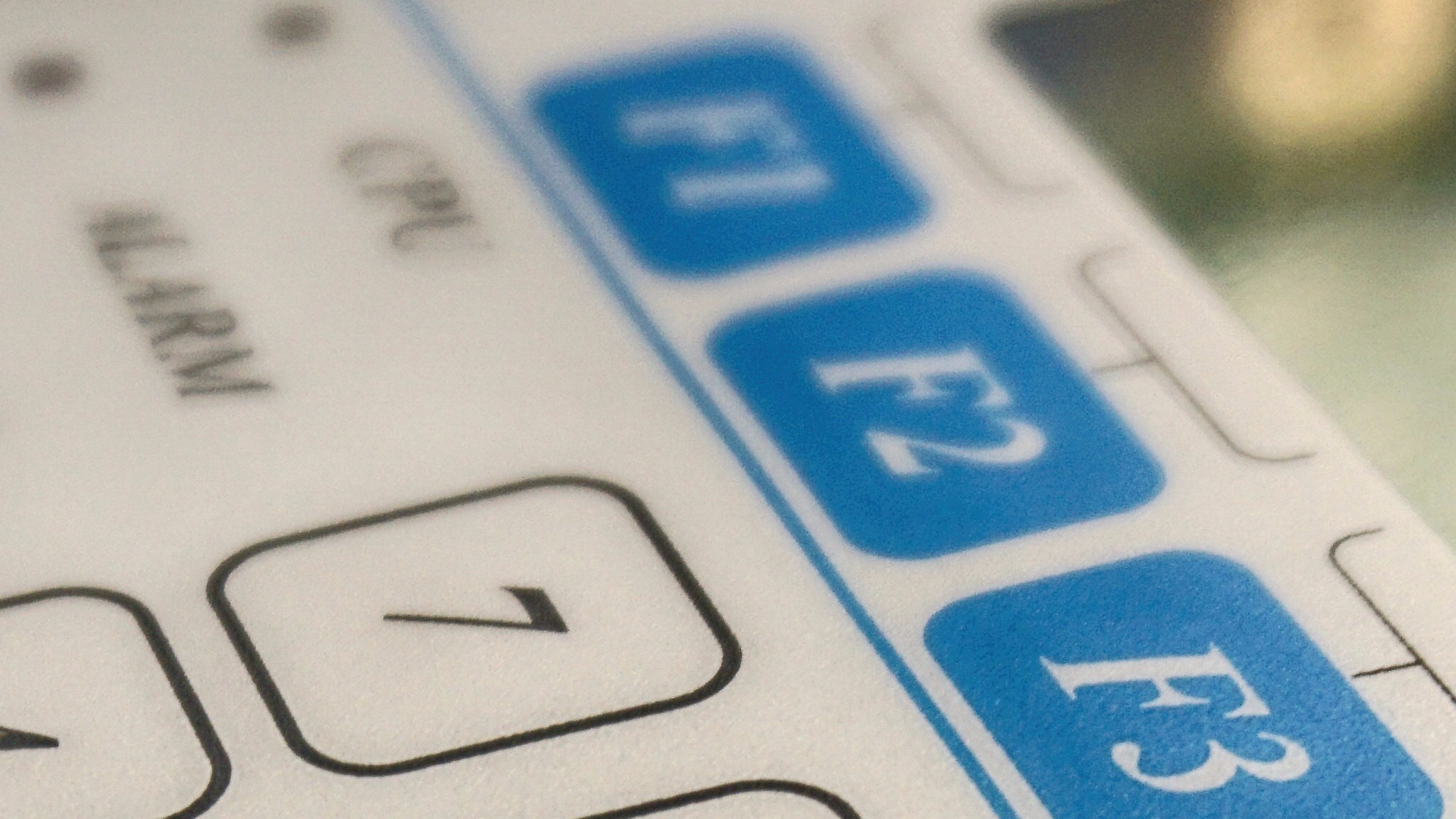Product spcification
Portable measuring device for potassium content measurements
Description
HAKAM 31 is a handheld device that measures the intensity of β and γ radiation on a flat material surface and can thus determine the potassium content of the sample.
The potassium concentration is calculated using a few calibration sample measurements (comparative measurements) that must be carried out with different known concentrations of the same type of salt before the first operational measurement.
The lower radiation-sensitive surface of the device is in direct contact with the material (layer thickness at least 10 cm).
Using the simple measurement routine, the pulse rates of the beta and gamma channels are recorded for the set measurement duration and the current estimated value of the measurement result is displayed. After this time, the final measurement result for the potassium content is calculated and shown on the display.
The results of the measurements are saved one after the other. The last 35 measured values can even be output to a PC via the RS232 interface.
HAKAM 31 can also be set in such a way that the next measurement is started automatically after a measurement has been completed; until the 35 memory locations are occupied.
The device also offers the option of displaying the mean value from several successive measurements of the same material type.
The device can be calibrated for two types of material (designations A and B), which are saved separately. Before each measurement or calibration sample measurement, the type of sample to be measured must be set. The calibration sample measurements can also be output to a PC via the RS232 interface.
The HAKAM 31 handheld meter has a built-in rechargeable NiMH battery unit, which provides enough energy for several hours of continuous measurements (provided that it has been fully charged beforehand).
Technical data
Power supply:
● built-in, internal NiMH battery pack (7 cells AA)
● Power: 8.4V; 2100mAh
● Battery with internally inserted TR5 fuse, 2.5A, slow blow
(cannot be changed by the user)
Connections:
● external power supply to internal charging circuit
- 5-pin socket. DIN circular connector 180 ° with dust cap
- Charging circuit with internally inserted TR5 fuse, 2.5A, slow blow (cannot be changed by the user)
● RS232 data output
- 4-pin socket. DIN circular connector 270 ° with dust cap
Accessories power supply:
● for internal battery charging circuit,
● DC voltage 15V ± 0.5V, max. 2A,
● Type: MEAN WELL GS40A15-P1J
Display / operation:
● LCD display with 2x8 alphanumeric characters and LED
Backlight
● 3 control buttons (membrane buttons) (yellow / red / blue)
Optional accessories:
● RS232 cable (connection to PC on serial interface for data transmission of measured values and calibration sample table)
Dimensions:
● HAKAM31: 245 × 150 × 150 mm (LxWxH))
● Leather case: 300 × 180 × 160 mm (L × W × H)
Weight:
● 1.7 kg
Permitted environmental conditions:
● Ambient temperature: 5 ° ... 50 ° C (battery not on charger)
● Ambient temperature 5 ° ..45 ° C (battery on charger)
● Operating time max. 3 hours (ambient temperature 50 ° ..65 ° C)
● relative air humidity 5% to max. 90% without condensation
● Storage at -10 ° .. + 65 ° C, relative humidity 0 to 95%
